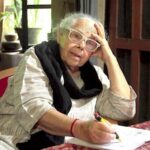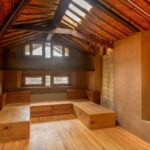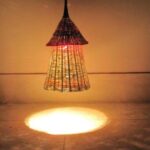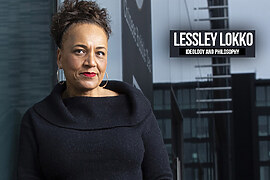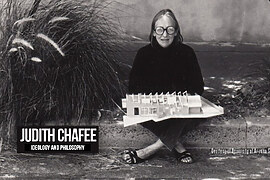“Maatimol” in the language spoken by Ar. Anujna Dnyaneshwar means “worth dust” which is an initiative started by Anujna and her husband. Anujna is the architect behind the mud house which is a product from the practice of earthen building in India. At Maatimol, they aspire to build a beautiful and carefully designed earthen buildings which are relevant to modern lifestyle. This initiative aims to use environment friendly, locally sourced, natural materials alongside methods and techniques that are ancient. This however does not mean that the designs are historic too, as Maatimol aspires to create modern, contemporary houses. As more and more people are willing to reduce consumption and move into smaller, more environmentally friendly, off grid homes in villages and wilderness areas, there is an increasing demand for “mud houses”.
Anujna’s first earthen project was in 2014 where she worked as an assistant to the late architect Didi Contractor. This inspired her to create her very own initiative of Maatimol.

Who is Didi Contractor?
Didi Contractor (1929 – July 2021) was an American artist and builder, known for her work on the vernacular traditions(1) in India using adobe, bamboo and stone as materials for her buildings. She specialised in buildings that would fit the landscape around them. The houses also had a frequent use of staircases in their designs and were made mainly of natural, local materials as mentioned above and including small amounts of deodar wood. From her late eighties, she was actively involved in the creation of “sustainable architecture” in its true light for about the last three decades through which she designed and constructed more than 15 houses in and around Dharamshala, India.
Ar. Anujna Dnyaneshwar shares that her mentor, Didi Contractor, “brought light to the darkest of the corners and revealed the beauty of the most humble abodes” and that her inspiration stemmed from her late mentor.
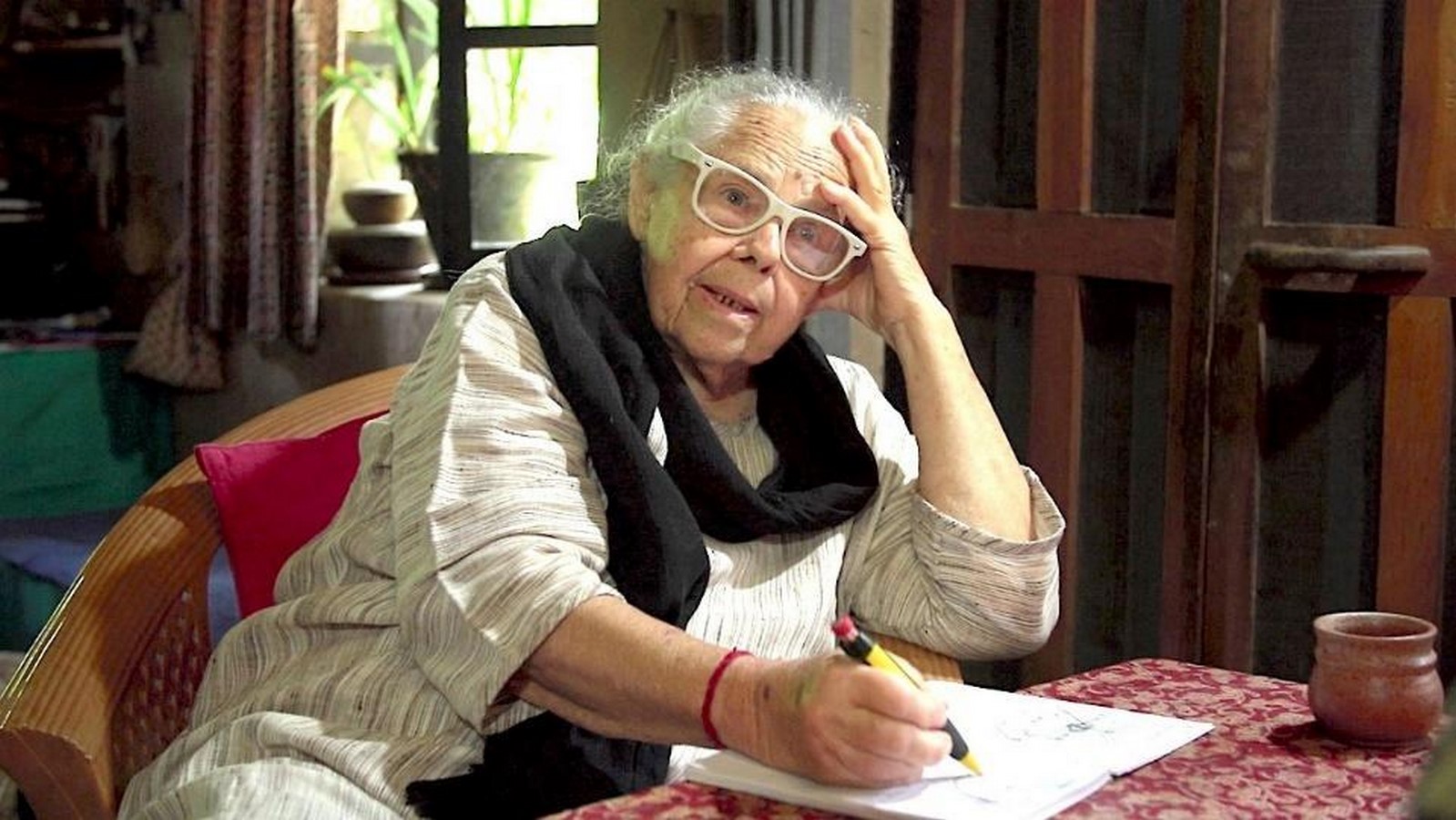
Mud-house: Natural materials, minimal cement
Living in natural buildings i.e., those built with natural materials requires a great shift in mindsets and lifestyle as it is very different from living in houses built of cement and concrete. Located in Pune, India, the Mud-House is the only eco friendly and sustainable structure in a community of more than 30–40-year-old bungalows. The eco-friendly structure is built mainly of adobe and has lime work, plastered walls, skylights and teak beams(2). The skylights are strategically placed which allow ample natural light to make its way into the space, creating an open, airy and ecological feeling. The plastered walls deliver a smooth and textured backdrop for the take beams which run all round the structure and the lime work is used in the bathrooms which gives them a raw and rustic quality. The warmth of the teak beams and the detailed textures brought about by the lime work and plastered walls creates a contemporary and fresh designed house which allows the Mud-House to fit in the modern-day architectural design portfolio. The innovative structure really accentuates the perspective of natural, mud-built houses in the world today as opposed to having the idea that mud homes are mainly huts and rural homes.
The artistic use of these local materials helps to create a feeling of belonging, happiness and humbleness. Using these materials helps to celebrate their qualities and helps to come up with something that works hand in hand with nature, almost like a ying-yang relationship between the building and the environment and landscape surrounding it.
Mud-House: Illumination
After working under the mentorship of Didi Contractor, Ar. Anujna Dnyaneshwar has brought about the concept of aesthetically pleasing and modern day, vogue use of natural lighting in natural homes in India. She uses antique methods of buildings to create a beautiful and concurrent spaces at the same time. Maatimol incorporates these techniques into its designs.
Large sky/roof lights(3) used for big spaces ensures that natural daylight fills up the whole room in ways that would not be possible for standard vertical windows to illuminate an area. Alongside roof lights, Ar. Anujna Dnyaneshwar and the late Didi Contractor also use standard windows on the walls of the house which help to highlight the views of the surrounding landscapes. This further helps maximise the use of natural daylight in the houses which does not only reduce energy costs, but also has a range of advantages from health benefits to improved ventilation and thermal efficiency. Roof lights on slant and angled roofs are usually most effective due to the effects of refraction(4). The co-existence of roof lights and vertical windows has the potential to change the look of the mud walls in entirety hence giving them a more fresh finish.
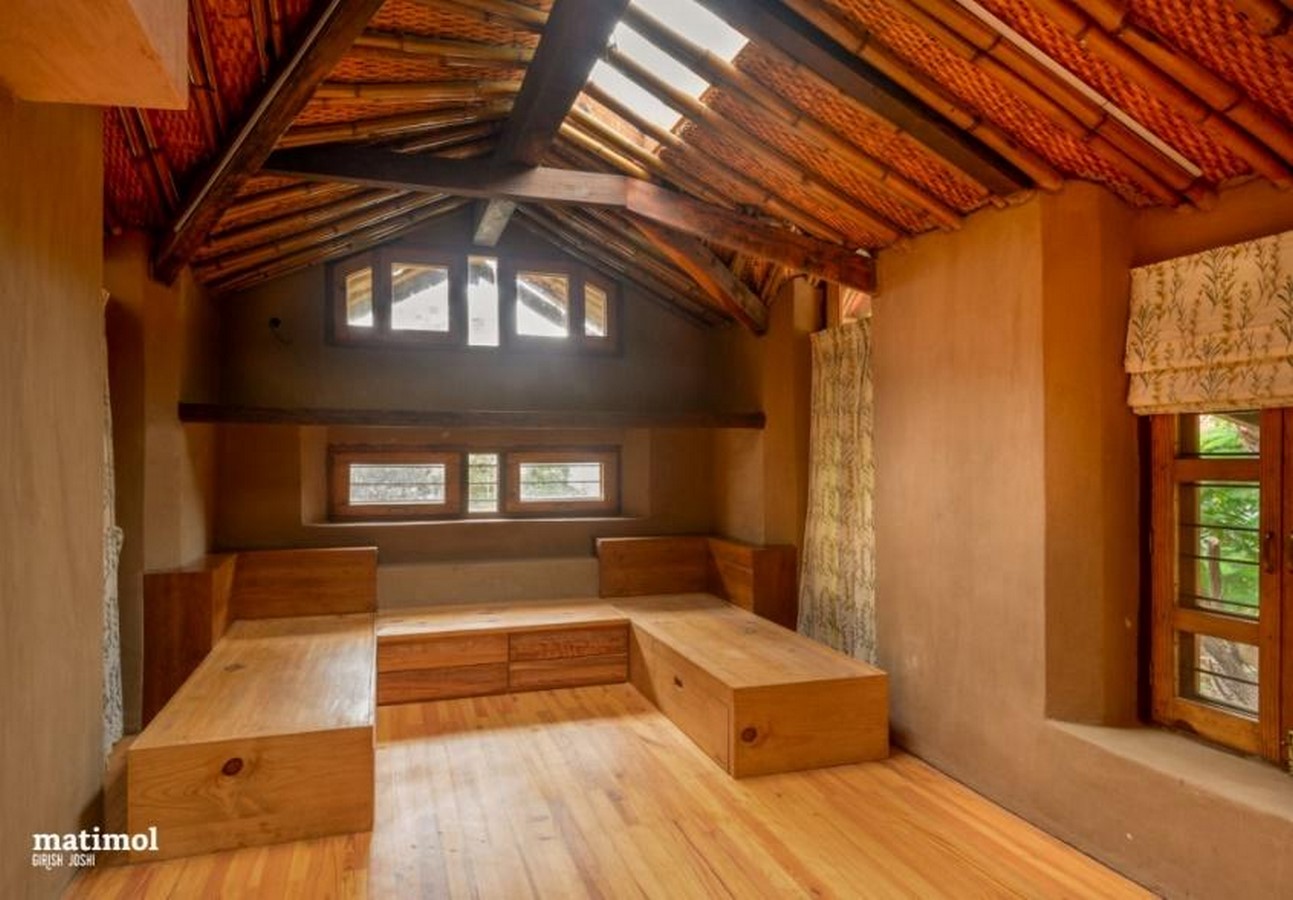
Ringal(5) weaved basket lamps is another ancient technique that Anujna and Didi embody into Maatimol to help create a visually pleasing space. The pattern and material – bamboo – used to weave these baskets creates a beautifully shadowed design when fitted with lighting and generates an overall attractiveness in an area. These lampshades in rural India and off-grid areas (areas with no access to electricity) are connected to solar panels which absorb solar energy during the day and convert it to electrical energy for use at nighttime. This is another method used to save energy and help with the cause and initiative of Maatimol.
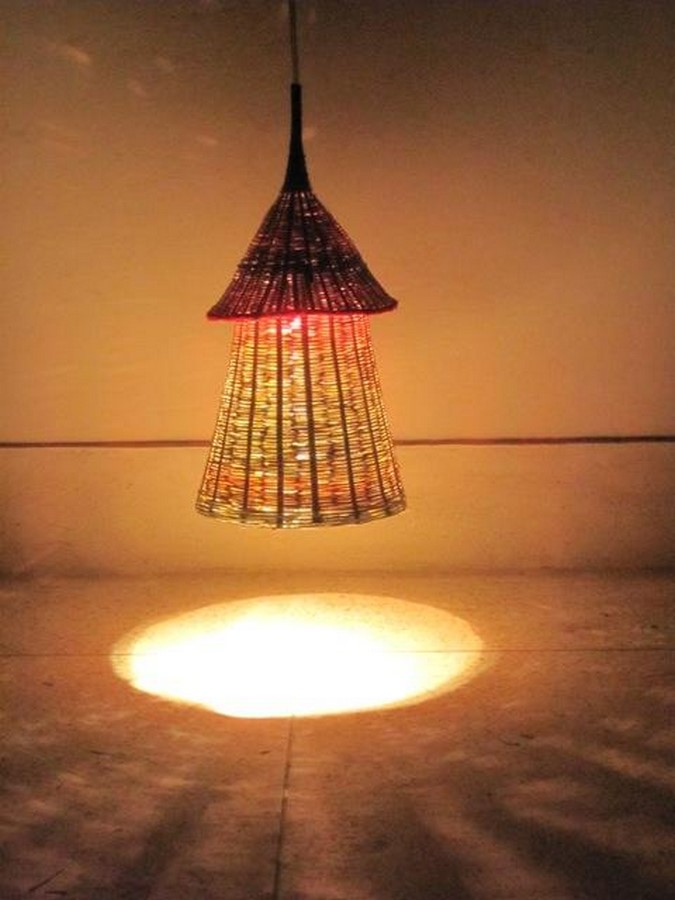
In conclusion, villages and rural areas in India do not need to look up to large cities and developed areas for aspiration, growth and progress. With the help and work of new, visionary designers, villages can take a turn for the better future in terms of better standards of living as well as new innovations when it comes to housing structures. Ar. Anujna Dnyaneshwar helps bring this to life through her initiative of Maatimol which will help to take rural India to new heights in terms of development. However, more people need to be made aware of this and the stereotype of mud houses being equalised to huts and low-grade homes needs to be broken.
- Vernacular traditions or vernacular architecture can be defined as a sort of local or regional construction that makes use of customary materials and resources from the area where the structure is located.
- Teak beams are structures built from teak wood which is well-known for its incredible durability and water resistance. They are cut from the core of the tree and beams can include areas of internal pith or solid heartwood.
- Roof lights are glazed units typically fitted within flat or pitched roofs that allow the infiltration of natural light into a space.
- Refraction is the change in the direction of light (and other) waves as it travels through a medium of different densities. In this case – from air through to the glass in the roof lights hence causing the spread of the waves resulting into a brighter space.
- Ringal is a popular craft in the Kumaon and Garwhal region of Uttarakhand made out of bamboo weaved to make objects of domestic use, like a basket, storage container or lampshade.
REFERENCES:
- Bahga, S. (2018) Didi contractor: A self-taught architect who builds in mud, Bamboo & Stone, World Architecture Community. Available at: https://worldarchitecture.org/architecture-news/ehegh/didi_contractor_a_selftaught_architect_who_builds_in_mud_bamboo_stone.html (Accessed: 22 December 2023).
- Debnath, P., says:, A.G. and says:, N. (2021) Didi contractor – an inspiring soul – architecturelive!, ArchitectureLive! – Architecture and Urbanism from around the world. Available at: https://architecture.live/didi-contractor-an-inspiring-soul-for-architects/ (Accessed: 22 December 2023).
- Dnyaneshwar, A. (2023) Anujna writes, Anujna Writes. Available at: https://anujnawrites.wordpress.com/ (Accessed: 22 December 2023).
- Ghisleni, C. (2020) What is vernacular architecture?, ArchDaily. Available at: https://www.archdaily.com/951667/what-is-vernacular-architecture#:~:text=Vernacular%20architecture%20can%20be%20defined,where%20the%20building%20is%20located. (Accessed: 22 December 2023).
- Global light – anujna dnyaneshwar // light in a mud house // Chhattisgarh, India (2022) YouTube. Available at: https://www.youtube.com/watch?v=GxW-SERkuE4 (Accessed: 22 December 2023).
- Joshi, G. (2023) Mud-house – residential interior photographers in Pune -, Girish Joshi | Wedding photographers in Pune & Mumbai. Available at: https://www.girish-joshi.com/mud-house/ (Accessed: 22 December 2023).
- Wangchuk, R.N. (2020) No AC or fan needed: This couple is building a mud house in the middle of Pune!, The Better India. Available at: https://www.thebetterindia.com/210678/pune-couple-mud-house-sustainable-architect-anujna-dnyaneshwar-india-nor41/ (Accessed: 22 December 2023).
- Wil global gathering 2022 (no date) Women in Lighting. Available at: https://womeninlighting.com/site/page/wil-global-gathering-2022 (Accessed: 22 December 2023).









